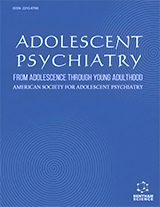Abstract
Cardiovascular diseases are the main reason for morbidity in developed countries, and congestive heart failure represents the major health burden. Although clinical application of cardiac regeneration is still in its infancy, studies on rodents have proven its feasibility. Also, the technique of direct cardiac reprogramming has unveiled new paths for the success of cardiac regeneration, wherein one cell type can be directly converted into the cardiac myocytes without involving the pluripotent intermediate cell. Firstly designed for the management of cancer, nanotechnology has opened up newer vistas for direct cardiac reprogramming for cardiac regeneration. This chapter discusses cardiac regeneration and the limitations of current approaches to cardiac regeneration in brief. Direct cardiac reprogramming involving both in-vitro and in-vivo trials has been duly explored to enlighten the readers. An attempt has been made by the contributors to elaborate the various approaches of nanotechnology such as nanomaterials and stem cells in regenerative medicine and their impact on direct cardiac reprogramming. This chapter involves an exhaustive effort of the contributors to enlighten the understanding of a broad readership about the nanotechnology-based direct cardiac reprogramming for cardiac regeneration.
Keywords: Cardiac regeneration, Cardiac reprogramming, Cardiomyocytes, Cardiac fibroblasts, Nanotechnology, Stem cell therapy.






















